Rise of Data-Driven Decision Making
In the Customer Journey Mapping Software Market, the rise of data-driven decision making is a pivotal driver. Organizations are increasingly leveraging data analytics to inform their strategies, leading to a greater reliance on customer journey mapping tools. These software solutions enable businesses to collect and analyze vast amounts of customer data, facilitating informed decisions that enhance marketing effectiveness. Recent statistics indicate that companies utilizing data-driven strategies are 6 times more likely to be profitable year over year. This trend underscores the necessity for robust customer journey mapping software that can integrate with existing data systems, providing actionable insights that drive business growth.
Integration of Omnichannel Strategies
The integration of omnichannel strategies is significantly influencing the Customer Journey Mapping Software Market. As consumers engage with brands across various platforms, businesses are compelled to adopt a cohesive approach to customer interactions. This necessitates the use of customer journey mapping software that can track and analyze customer behavior across multiple channels. Research suggests that companies with strong omnichannel strategies retain an average of 89% of their customers, compared to 33% for those with weak strategies. Consequently, the demand for sophisticated mapping tools that facilitate omnichannel integration is on the rise, as organizations strive to deliver consistent and personalized experiences.
Increased Investment in Customer Insights
In the Customer Journey Mapping Software Market, there is an increased investment in customer insights as organizations seek to better understand their target audiences. This trend is driven by the recognition that customer insights are crucial for tailoring products and services to meet consumer needs. Businesses are allocating more resources to customer journey mapping software that provides in-depth analysis of customer behavior and preferences. Data indicates that companies that prioritize customer insights can achieve a 10% increase in sales. This growing focus on understanding customer journeys is likely to propel the demand for advanced mapping solutions that offer comprehensive analytics and reporting capabilities.
Emphasis on Customer-Centric Business Models
The emphasis on customer-centric business models is reshaping the Customer Journey Mapping Software Market. Organizations are increasingly adopting strategies that prioritize customer needs and preferences, leading to a shift in how they approach customer interactions. This paradigm shift necessitates the use of customer journey mapping software to visualize and optimize customer experiences. Companies that embrace customer-centric models are likely to see improved customer satisfaction and loyalty, which can translate into higher revenue. As businesses recognize the value of aligning their operations with customer expectations, the demand for effective journey mapping tools is expected to grow, driving innovation in the software market.
Growing Demand for Enhanced Customer Experience
The Customer Journey Mapping Software Market is witnessing a growing demand for enhanced customer experience as businesses increasingly recognize the importance of understanding customer interactions. Companies are investing in software solutions that allow them to visualize and analyze customer journeys, leading to improved satisfaction and loyalty. According to recent data, organizations that effectively map customer journeys can see a 20% increase in customer retention rates. This trend is driven by the need to create seamless experiences across multiple touchpoints, which is essential in a competitive landscape. As a result, the demand for customer journey mapping software is expected to rise, with businesses seeking tools that provide insights into customer behavior and preferences.


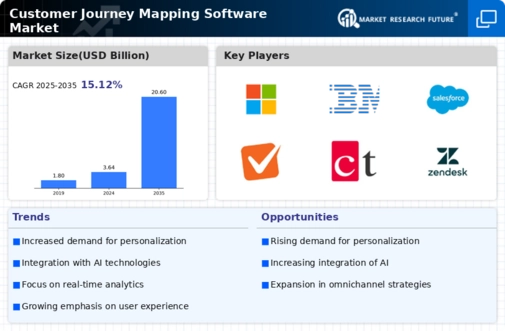
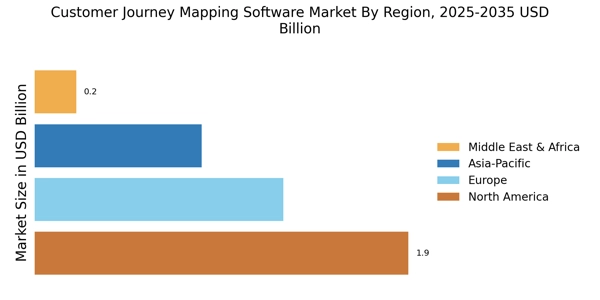

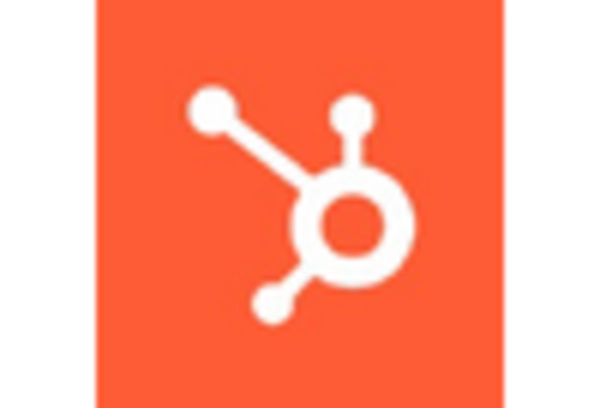


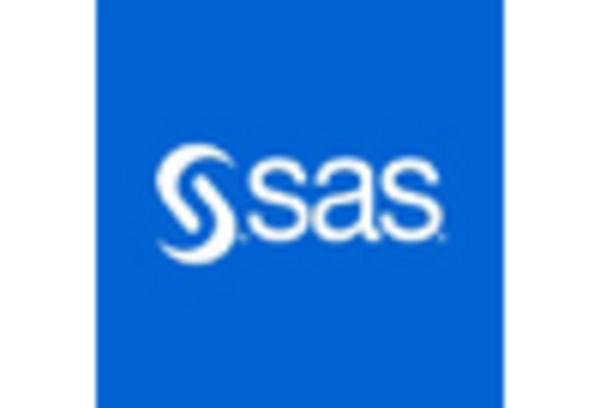
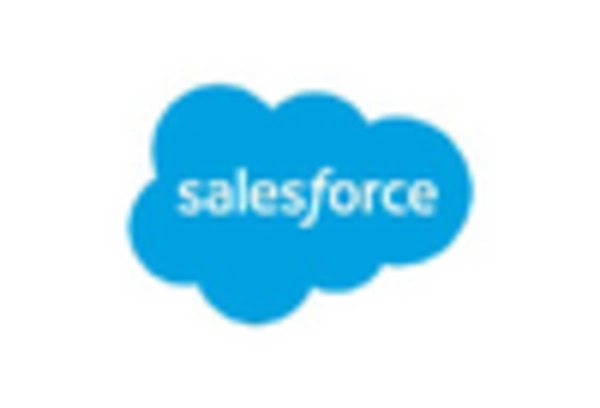








Leave a Comment